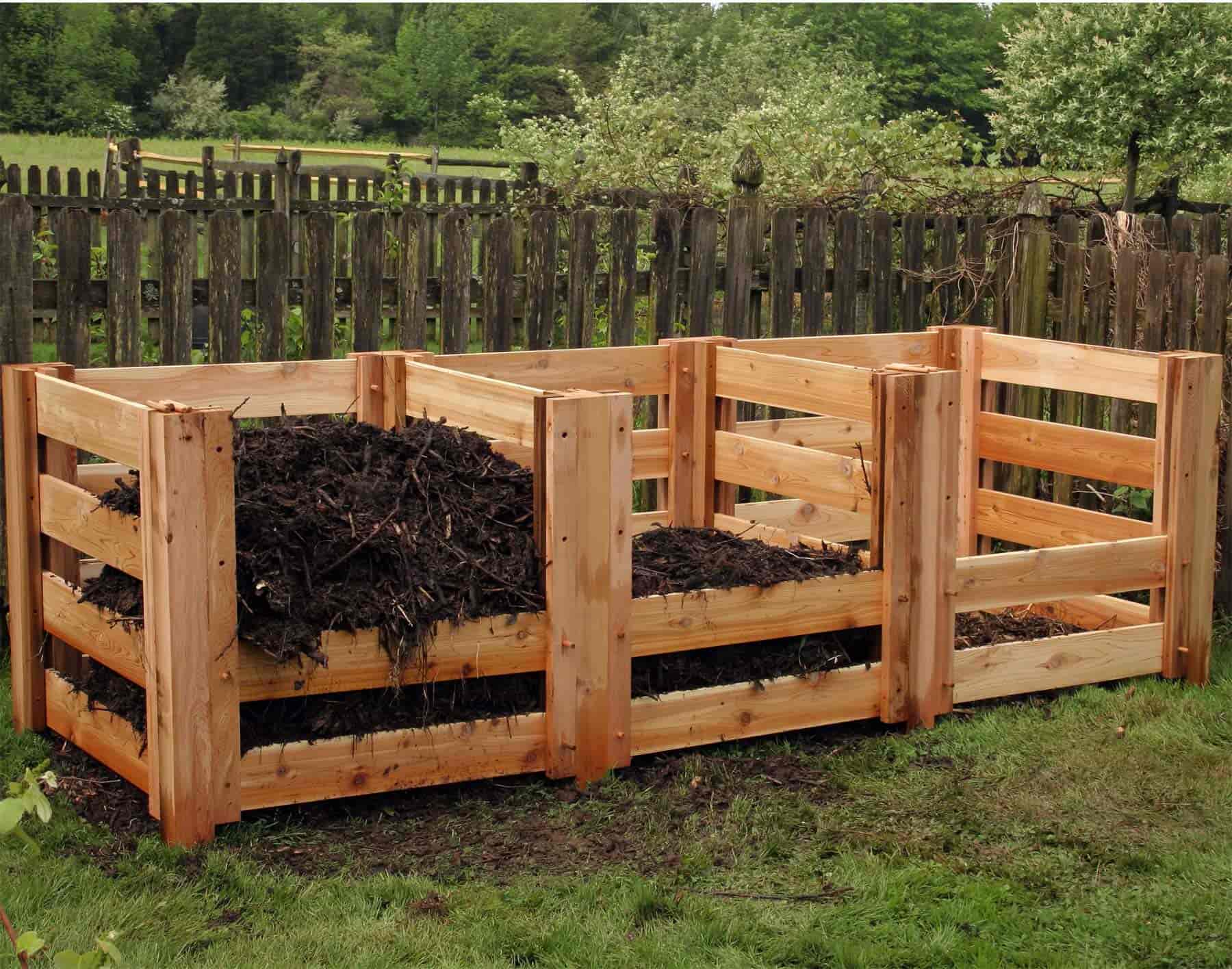DIY Compost Bin Plans, Easy & Eco-Friendly

DIY Compost Bin Plans: Easy & Eco-Friendly
Composting 101: Why Bother?
Ever wondered why people make a fuss about homemade compost? It's simple, really. Composting is nature's way of recycling. It reduces waste, enriches your soil, and promotes green living. Plus, it's an excellent way to cut down on your trash output. According to the EPA, food scraps and yard waste make up 20 to 30 percent of what we throw away. Imagine if all that could be put to good use in your garden instead?
DIY Compost Bin Plans: Where to Start
So, you're sold on the idea of composting. Great! But where do you start? Let's dive into some easy and eco-friendly DIY compost bin plans.
Wooden Pallet Compost Bin
Got some old wooden pallets lying around? Perfect! You can turn them into a sturdy compost bin. Just stand them up, secure the corners with screws or nails, and you're good to go. This bin is well-ventilated, which is great for air circulation and speeding up the composting process.
Wire Mesh Compost Bin
If you're short on space, a wire mesh compost bin might be just the ticket. It's compact, easy to make, and allows for excellent airflow. All you need is some hardware cloth or chicken wire, a few zip ties, and a pair of wire cutters.
Plastic Storage Bin Composter
This is about as simple as DIY compost bin plans get. Grab a large plastic storage bin, drill some holes in it for aeration, and voila! You've got a compost bin. The tight-fitting lid keeps critters out and heat in, speeding up the composting process.
Tumbler Compost Bin
Feeling a bit more ambitious? Why not try a tumbler compost bin? These bins are designed to be rotated, which helps mix and aerate the compost. You can make one using a 55-gallon drum, some 2x4s, and a few other basic supplies.
Composting Tips: What to Put In (And What to Leave Out)
Now that you've got your bin, what should you put in it? Organic gardening relies on a healthy mix of "greens" (nitrogen-rich materials like fruit and veggie scraps, grass clippings, and coffee grounds) and "browns" (carbon-rich materials like dead leaves, straw, and shredded paper).
But not everything belongs in your compost bin. Avoid meat, dairy, and diseased plants, as they can attract pests and spread diseases. Also, steer clear of weed seeds and roots, as they can survive the composting process and end up in your garden.
Composting Tips: Maintaining Your Pile
Composting isn't a set-it-and-forget-it affair. To keep your pile healthy and productive, you'll need to tend to it. That means turning it regularly to aerate it, keeping it moist (but not soggy), and maintaining a good balance of greens and browns.
Troubleshooting Your Compost Pile
Even with the best DIY compost bin plans and composting tips, things can go awry. If your pile is too wet, add more browns. Too dry? Add some water. If it's smelly, it might need more air or more browns. And if it's not heating up, it might need more greens or to be turned more frequently.
Composting in Small Spaces
Think you can't compost because you live in an apartment? Think again! There are plenty of small-space composting solutions, like worm composting (vermicomposting) or using a compact indoor composter.
Composting with Kids
Composting is a great way to teach kids about waste reduction and green living. Get them involved in the process, from building the bin to turning the pile. They'll love watching their food scraps turn into rich, dark compost.
Using Your Homemade Compost
So, you've put in the time and effort, and now you've got a beautiful pile of homemade compost. What next? Use it! Spread it on your garden beds, mix it into your potting soil, or brew it into a nutrient-rich compost tea. Your plants will thank you.
The Benefits of Composting
Composting isn't just good for your garden; it's good for the planet. It reduces the amount of waste sent to landfills, cuts down on methane emissions, and conserves water. Plus, it saves you money on fertilizers and soil amendments. It's a win-win!
DIY Compost Bin Plans: The Wrap-Up
Composting is a simple, effective way to reduce waste and promote green living. With these DIY compost bin plans and composting tips, you're well on your way to creating your own nutrient-rich homemade compost. So, what are you waiting for? Get composting!
For more information on composting, check out the EPA's guide to composting at home.
FAQs
Q: Can I compost in the winter? A: Yes! While the composting process slows down in cold weather, it doesn't stop completely. You can insulate your bin with straw bales or foam boards to keep it warmer.
Q: How long does it take to make compost? A: It depends on several factors, like the size of your pile, the balance of greens and browns, and how often you turn it. Generally, it can take anywhere from a few months to a year.
Q: Can I compost pet waste? A: It's not recommended. Pet waste can contain harmful pathogens that can survive the composting process and end up in your garden.
Q: What's the best compost bin for beginners? A: A simple plastic storage bin composter is a great place to start. It's easy to make, low-maintenance, and perfect for small-scale composting.
Q: How do I know when my compost is ready? A: Finished compost is dark, crumbly, and has an earthy smell. There shouldn't be any recognizable food scraps or a strong odor. When in doubt, give it a bit more time.
0 Response to " DIY Compost Bin Plans, Easy & Eco-Friendly"
Post a Comment